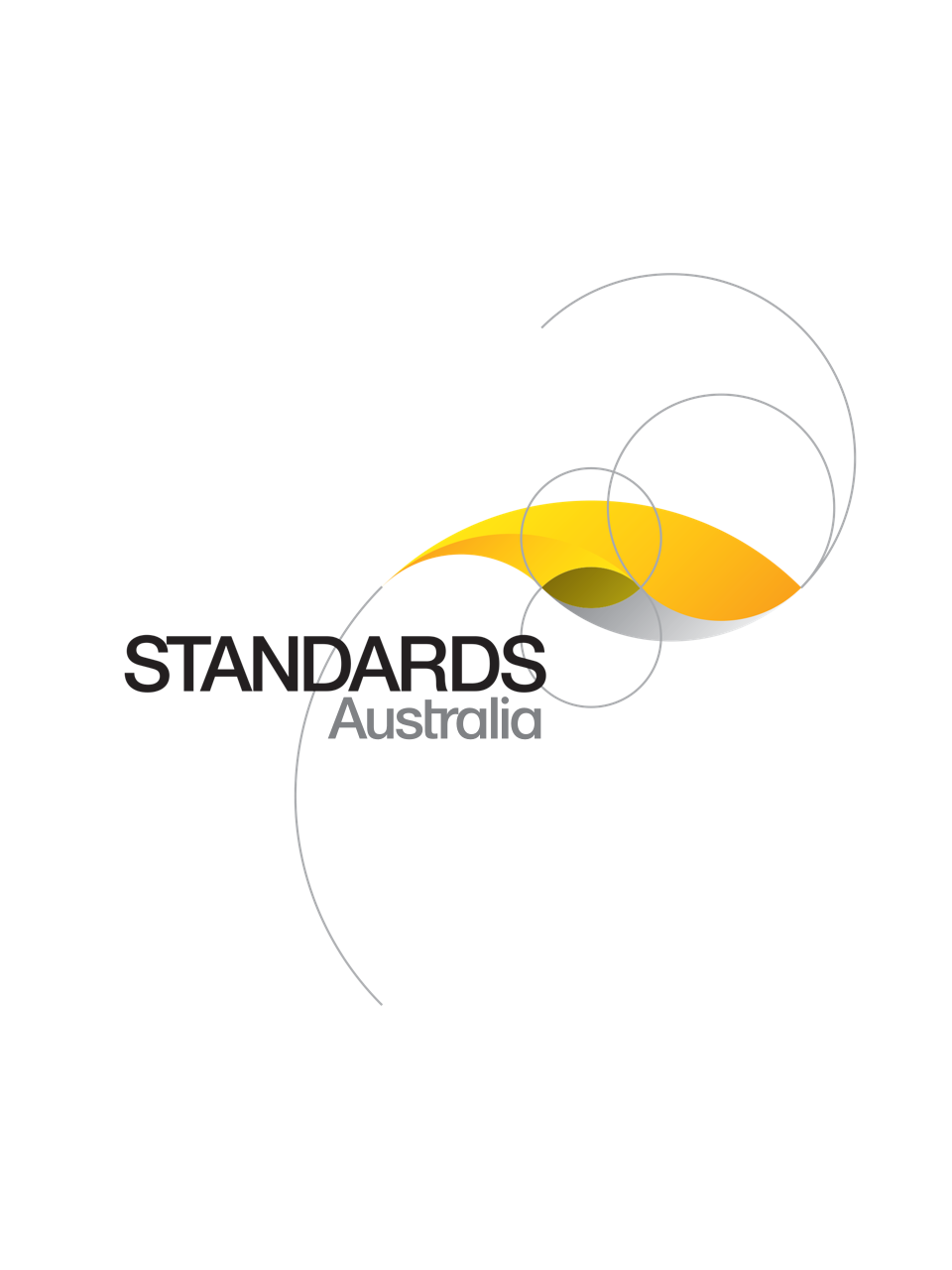Standard
UPDATE AVAILABLE
Track updates
AS 3547.1:2019
[Current]Breath alcohol testing devices, Part 1: Electronic devices for professional use
The objective of this Standard is to specify requirements for the performance, testing and marking of breath alcohol testing devices for uses such as, but not limited to, personal, workplace and medical screening purposes.
Published: 28/06/2019
Pages: 24
Table of contents
Cited references
Content history
Table of contents
Header
About this publication
Preface
Introduction
1 Scope and general
1.1 Scope
1.2 Normative references
1.3 Terms and definitions
2 Product specifications
2.1 Units of measurement
2.2 Sample requirements
2.2.1 Minimum volume
2.2.2 Continuity of sample
2.2.3 Flow rate
2.2.4 Maximum pressure required
2.3 Presentation of results
2.3.1 Number of digits
2.3.2 Units
2.3.3 Display time
2.3.3.1 Type 2 devices
2.3.3.2 All devices
2.4 Metrological requirements
2.4.1 Traceability
2.4.2 Range
2.4.3 Maximum permissible errors (MPEs)
2.4.4 Presentation of results
2.4.5 Frequency and recovery times
2.4.6 Memory affect
2.5 Physical requirements
2.5.1 Power source
2.5.2 Electrical safety for Type 3 devices
2.5.3 Environmental conditions
2.5.4 Interlocking function for Type 4 devices
2.5.4.1 Activation of interlock function
2.5.5 Hygiene functions
2.5.6 Electrical disturbances
2.5.7 Shock and vibration
2.5.8 Data storage
2.5.9 Interfering substances
2.6 Information and markings
2.6.1 Information
2.6.2 Marking
2.7 Calibration requirements
3 Product testing
3.1 General
3.2 Sample requirements
3.2.1 Minimum volume
3.2.2 Continuity of flow
3.2.3 Flow rate
3.2.4 Maximum pressure required
3.3 Metrological requirements
3.3.1 Traceability
3.3.2 Range
3.3.3 Accuracy
3.3.4 Presentation of results
3.3.5 Recovery times
3.3.6 Memory effect
3.4 Physical requirements
3.4.1 Power source
3.4.2 Electrical safety of Type 3 devices
3.4.3 Environmental conditions
3.4.3.1 Test at extremes of operating conditions
3.4.3.2 Test at high humidity
3.4.3.3 Tests at extremes of exposure conditions
3.4.3.4 Damp heat cyclic
3.4.4 Interlock functions
3.4.5 Hygiene functions
3.4.6 Electrical disturbances
3.4.7 Shock and vibration
3.4.8 Data storage
3.4.9 Interfering substances
4 Periodic calibration
4.1 Calibration during use
4.2 Calibration method
4.2.1 General
4.2.2 Test records
4.2.3 Test certificate
4.2.4 Label
4.3 Calibration system
Appendix A
A.1 Scope
A.2 Principle
A.3 Reagents
A.3.1 Ethanol
A.3.2 Carrier gas
A.4 Apparatus
A.4.1 Expired air simulator
A.4.2 Flowmeter
A.4.3 Temperature measuring device
A.5 Procedure
A.6 Test report
Appendix B
B.1 Scope
B.2 Principle
B.3 Reagents
B.3.1 Ethanol
B.3.2 Carrier gas
B.3.3 Composition
B.4 Apparatus
B.4.1 Cylinder of breath alcohol standard gas
B.4.2 Flow regulator
B.4.3 Shut-off valve
B.4.4 Outlet tube
B.4.5 Temperature measuring device
B.5 Procedure
B.6 Test report
Bibliography
AMENDMENT CONTROL SHEET
Amendment No. 1 (January 2021)
Revised Text Amendment
Amendment No. 2 (November 2022)
Revised Text Amendment
Amendment No. 3 (September 2023)
Correction Amendment
Amendment No. 4 (December 2024)
Correction Amendment
Cited references in this standard
[Current]
International vocabulary of metrology - Basic and general concepts and associated terms (VIM)
[Current]
Environmental testing, Part 2.1: Tests - Test A: Cold (IEC 60068-2-1:2007 (ED. 6.0) MOD)
[Current]
Environmental testing, Part 2.2: Tests - Test B: Dry heat (IEC 60068-2-2:2007 (ED. 5.0) MOD)
[Current]
Environmental testing, Part 2.6: Tests - Test Fc: Vibration (sinusoidal) (IEC 60068-2-6:2007 (ED. 7.0) MOD)
[Current]
Environmental testing, Part 2.30: Tests - Test Db: Damp heat, cyclic (12 h + 12 h cycle) (IEC 60068-2-30:2005 (ED. 3.0) MOD)
Content history
[Current]
[Current]
[Current]
[Current]
[Available Superseded]
One-time Purchase
Access via web browser on any device
One-time purchase
Single publication
Offline access via PDF^
$125.14 AUD
Inclusive of GSTFormat *
Web Reader
Licenses *
1 License (for yourself - not shareable)
Total$125.14 AUD
IMPORTANT
